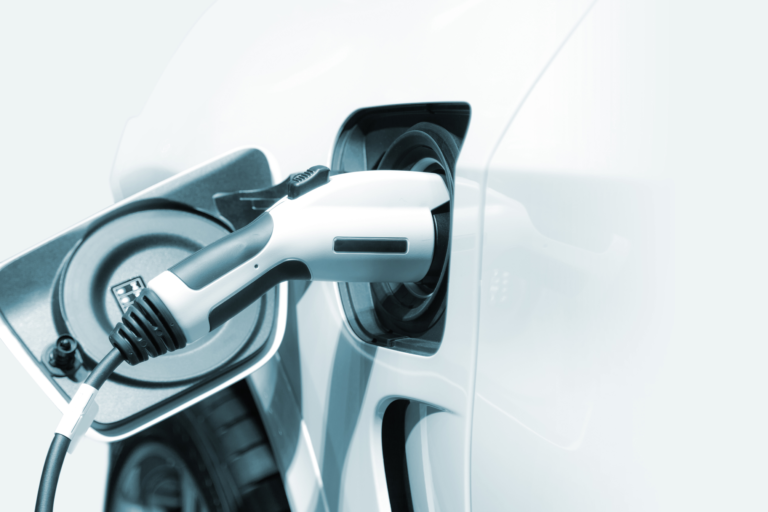Studies have shown that climate change exaggerates weather patterns. Failing to tackle global warming will result in a higher frequency of intense storms, heatwaves and floods. Extreme weather is already one of the most dangerous threats to civilization. Greenhouse gases are heating up the atmosphere, increasing the acidity of the ocean, melting the polar icecaps and rising sea levels. All this has been documented and proven.
It is clear that in order to mitigate the risk of climate change, society needs to reduce its carbon footprint. Transport and energy are the most carbon intensive sector. In the energy sector, the implementation of renewable and nuclear energy generation has been limited. Widespread adoption of these technologies hasn’t occurred due to technical and economic challenges. Even though they produce zero emissions.
Back in 2011 the Fukushima Daiichi nuclear disaster was the trigger needed for the German government to adopt its “Energiewende” or energy transition policies. The “Energiewende” is the planned transition by Germany to a low carbon, environmentally sound, reliable, and affordable energy supply. Since major investments have been made in both in wind and solar energy. As a result, costs have reduced substantially. We are now at the tipping point. Renewable energy is now cost competitive with coal power plants. In India decision makers derailed plans build coal power plant in favour of a solar energy facility, purely on economic grounds. Wind and solar presently only make up a tiny proportion of the world’s energy production. However, the share of energy production that is oil, gas and coal is constantly diminishing while the percentage of renewable energy is constantly increasing.
Our carbon footprint, however, is much larger than that of the energy sector. Massive amounts of oil are burnt in the transportation sector as well. With the rise of electric vehicles (EVs) this is beginning to change. Electric vehicles similar to wind and solar, are working though many technical and economic challenges. Wide spread adoption of these technologies only now seems a possibility. The future of transport is electric.
In the future charging all those EVs is going to increase our overall electricity consumption. So even more renewable energy generation is required to make our transportation sector sustainable. Fortunately, this is the current trend. Renewables are growing faster than any other form of electricity generation. Also EVs sales growth is also climbing faster than that of combustion engine vehicles.
The drawback on wind and solar is that they are reliant on the elements. And if everyone drives an EV and wants to charge at the same time, this will increase the gap between energy supply and demand. Meeting this peak energy demand would not be possible with today’s grid infrastructure. EVs are however essentially large batteries on wheels. And I mean large batteries, the energy stored in a fully charged Tesla Model S can easily run a typical house hold for a few days. The storage capacity of these batteries can be used to store energy when the sun is shining or the wind is blowing; and reversely the battery can provide energy when it is most needed. This concept is called vehicle to grid (V2G). Batteries from EVs can complement wind and solar by balancing the demand and supply of energy. Electric vehicles will play vital role in the energy transition to renewable energy. With a typical car being unused for most of the day, the rest of the time the car batteries could be used to balance out demand and supply swings in energy networks that will increasingly need to smooth out intermittent solar and wind power. The unused capacity in EV batteries make grid level energy storage possible. Which is a requirement for further adoption of renewable energy networks. Rather than being a burden on the grid, EVs are part of the solution. Additionally, used batteries from decommissioned EVs can be used in second life applications. These batteries would still hold enough capacity to be useful for stationary energy storage applications.


